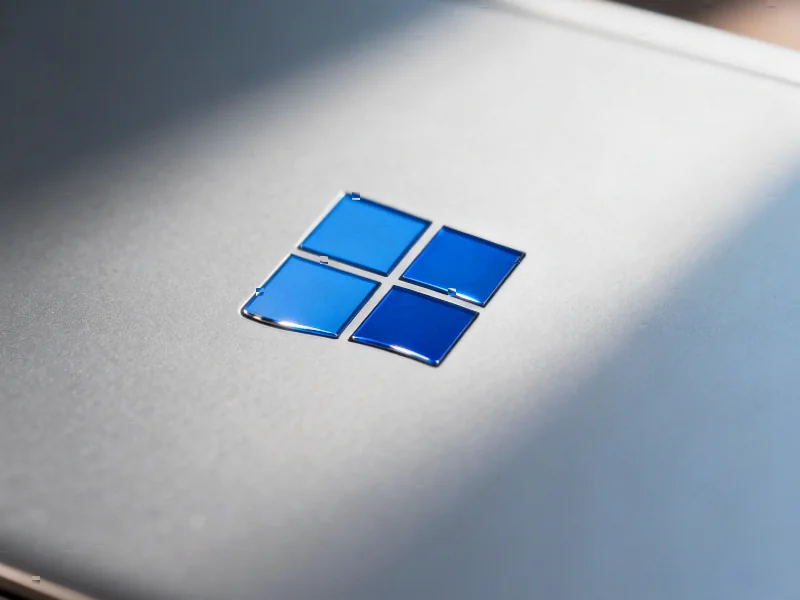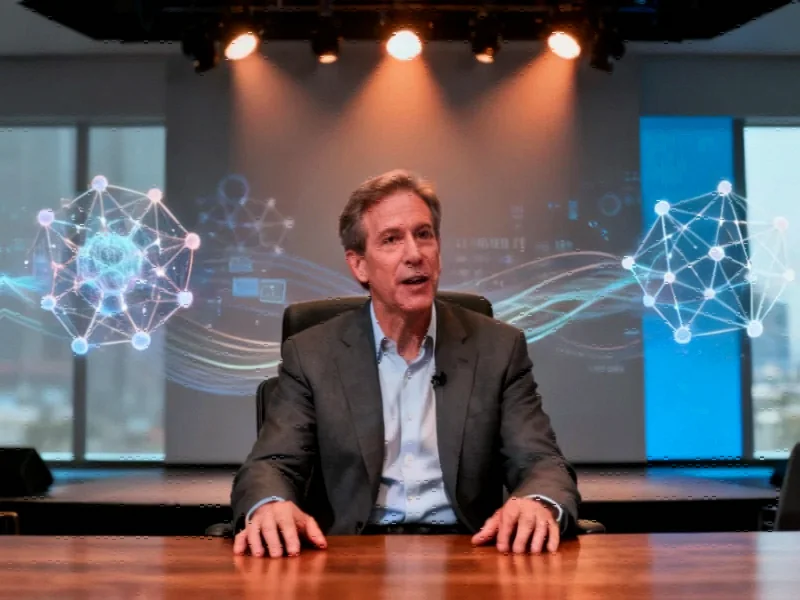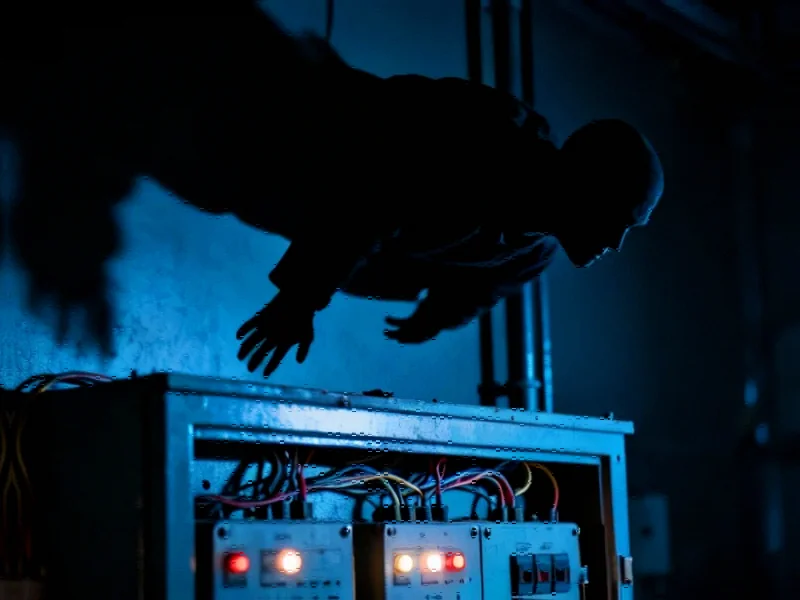Revolutionary Surveillance Technology Hits Manchester Streets
Greater Manchester Police have launched a groundbreaking initiative that places them at the forefront of law enforcement technology in the UK. Two specialized vans equipped with Live Facial Recognition (LFR) systems are now actively scanning faces in Sale town center, representing a significant shift in how police approach crime prevention and public safety.
Table of Contents
The Driving Force Behind the Technology Deployment
This technological advancement comes as Greater Manchester faces a notable increase in retail crime. Shoplifting incidents have surged by approximately 30% in recent months, creating an urgent need for innovative solutions. The Home Office-provided LFR vans represent a direct response to this growing challenge, offering police a powerful tool to identify known offenders in real-time., according to technology insights
Assistant Chief Constable Chris Green explained the strategic thinking behind the deployment: “We’re deploying this technology in areas where we know persistent offenders are operating. This isn’t about randomly scanning the public—it’s a targeted approach to protect businesses and communities from known criminals.”
How the Facial Recognition System Operates
The LFR technology works through a sophisticated multi-step process:
- Watchlist Creation: Police compile a database of individuals wanted for serious offenses or those with outstanding warrants
- Real-time Scanning: Cameras mounted on the vans continuously capture facial images of passersby
- Instant Analysis: The system compares captured faces against the watchlist using advanced algorithms
- Alert Generation: When a potential match occurs, officers receive an immediate notification
- Human Verification: Trained officers then manually confirm the match before taking any action
Balancing Crime Prevention with Privacy Concerns
While police emphasize the crime-fighting benefits, civil liberty groups have expressed significant concerns. Privacy International and other organizations question whether the technology adequately protects citizen privacy and whether proper safeguards are in place.
GMP has responded to these concerns by implementing several protective measures. The force states that all facial data from non-matches is immediately deleted, and the technology is only deployed in specific, high-crime areas with clear public notifications. However, debates continue about the appropriate balance between security and privacy in an increasingly surveilled society.
Broader Implications for Public Safety
Beyond identifying shoplifters, police highlight additional benefits of the LFR system. The technology allows officers to:, as as previously reported
- Quickly locate missing vulnerable persons
- Identify individuals who may pose immediate threats to public safety
- Free up patrol officers for community engagement and emergency response
- Gather intelligence on criminal networks operating across multiple locations
Superintendent Emily McNeil, who oversees the program’s implementation, noted: “This isn’t just about catching criminals—it’s about prevention. When known offenders realize we have this capability in an area, they’re less likely to attempt crimes there.”
The Future of Policing in Digital Age
Manchester’s adoption of live facial recognition represents a significant milestone in UK policing. As technology continues to evolve, law enforcement agencies nationwide are closely watching Manchester’s experiment. The results could determine whether similar deployments become standard practice across the country or face increased regulatory scrutiny.
The success of this initiative will be measured not only by reduced crime statistics but also by public acceptance and the demonstration that such powerful technology can be used responsibly while respecting fundamental rights and freedoms.
Related Articles You May Find Interesting
- UK Fiscal Deficit Widens by £7.2 Billion as Debt Costs Mount
- UK Fiscal Update: September Borrowing Climbs to Five-Year High Amid Rising Debt
- EU Set to Exempt Small Farmers from Deforestation Regulations Amid Implementatio
- UK Fiscal Deficit Reaches Five-Year Peak, Signaling Tough Budget Decisions Ahead
- UK Budget Preview: Tax Reforms and Economic Measures Under Scrutiny Ahead of Fis
This article aggregates information from publicly available sources. All trademarks and copyrights belong to their respective owners.
Note: Featured image is for illustrative purposes only and does not represent any specific product, service, or entity mentioned in this article.



